The basis for calculating economic growth is the percentage of changes in GDP compared to last year. Due to the sanctions on Iran's oil industry from 2012 to 2015 and the decline in oil sales and oil revenues, the country's GDP had been declining during this period. After the signing of the JCPOA agreement and the resumption of crude oil sales, due to the sudden increase in oil revenues, the country’s GDP in 2016 experienced unprecedented growth compared to the GPD in 2015, which has nothing to do with increasing employment and non-oil production in the country.
Given that in calculating economic growth, the economic situation is compared to the previous year, it is natural that after a few years of declining crude oil sales and negative economic growth, this sudden increase in oil revenues would statistically record a large economic growth. However, statistics show that the income from crude sales did not lead to economic prosperity, production growth, and increased welfare of the people. In the following, we will review some economic statistics related to the years 2012 to 2017:
| Year | GDP at the base price of 2011, excluding oil (billion rials) | percentage of growth compared to last year |
| 2012 | 4986423.5 | 0.39 |
| 2013 | 5012869.9 | 0.53 |
| 2014 | 5162848.7 | 2.9 |
| 2015 | 5003252.3 | 3.19 - |
| 2016 | 5166636 | 3.16 |
| 2017 | 5401891 | 4.36 |
According to the Central Bank of Iran, the GDP, excluding oil revenues, has been on an upward trend based on the base price in 2011, except for 2015 (the year leading up to the signing of the nuclear deal). This means that oil sanctions, although initially causing problems for the country, have gradually become less effective as the country started reducing dependence on oil exports and replacing imports.
Another interesting statistic is the unemployment rate, which is directly related to the economic boom and bust periods. If the JCPOA had really improved the economic situation in Iran, we should have witnessed a decline in the unemployment rate after the signing of the nuclear deal – yet, the statistics tell a different story.
| Year | Unemployment rate |
| 2012 | 12.2 |
| 2013 | 10.4 |
| 2014 | 10.6 |
| 2015 | 11 |
| 2016 | 12.4 |
| 2017 | 12.1 |
The table above shows that after the JCPOA (even in 2016 and 2017, when the United States had not yet withdrawn from the deal), not only did the unemployment rate in the country not decrease, but it was also on an increasing trajectory.
According to many experts on sanctions, once the sanctions passed their pressure point, Iran could reap the benefits of the removal of sanctions without paying a price. This is the same issue that the Leader of the Islamic Revolution has described as "resistance economy": "Sanctions caused problems, but they also had blessings for us. The sanctions showed us that we must rely on ourselves and proved to us that we can use our inner strength."
In a report released by the Congressional Research Service, a public policy research institute of the United States Congress, on May 11, 2018, just three days after Trump announced that the US was withdrawing from the JCPOA, the strategies that Iran could pursue after the return of US sanctions were outlines. The most important of these strategies were the increase in non-oil exports, the increase in sales of petrochemical products and gas condensate, and the decrease in imports of luxury goods. This report is further evidence of the effectiveness of economic resilience in the face of sanctions.
The statistics are solid proof that the JCPOA did not in fact have an effect on Iran’s economic growth; the deciding factor, however, was reliance on domestic capacities and capabilities.
MNA/5029458


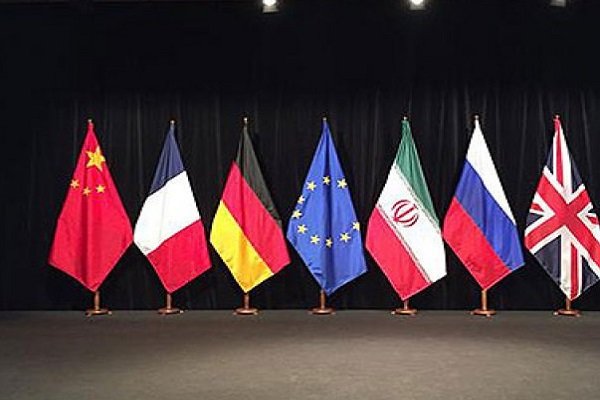
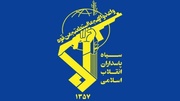


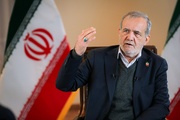
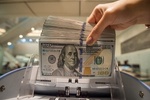
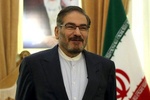

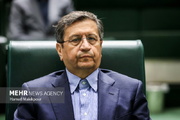
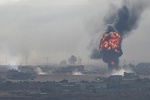
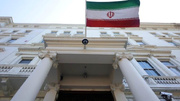
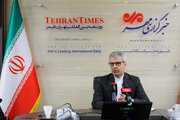




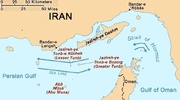



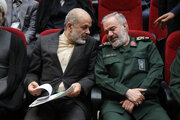
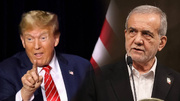


Your Comment